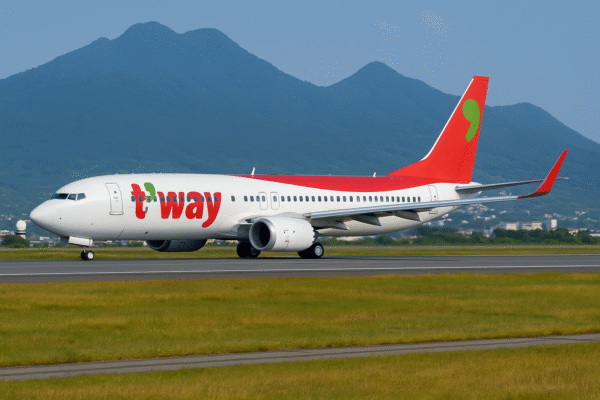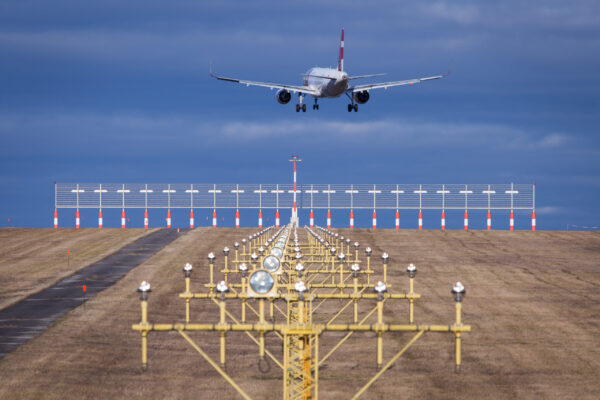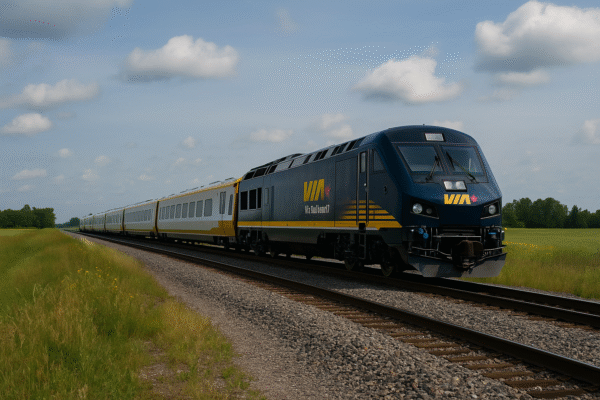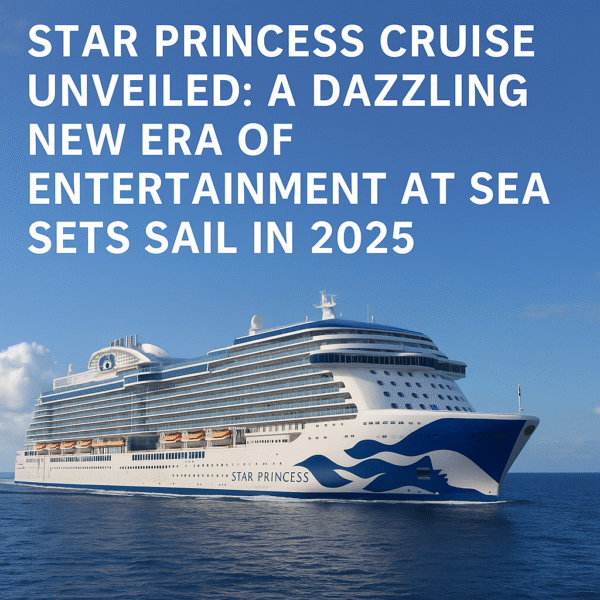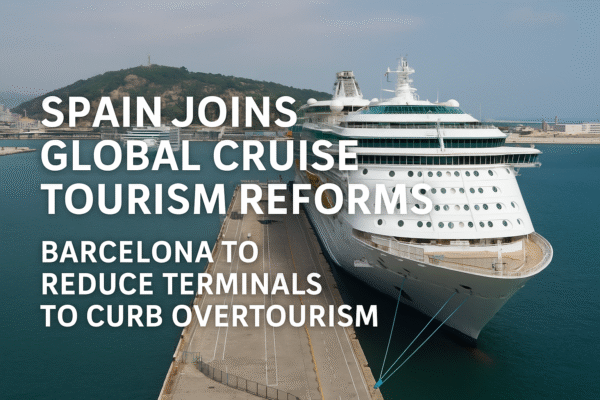Canada’s 2025 Rail Renaissance: High-Speed Toronto–Quebec Line, VIA Rail Upgrades, GO Expansion & New Domestic Travel Pass
Canada is in the midst of a transportation transformation, with sweeping rail upgrades poised to redefine domestic travel in 2025. From cutting-edge high-speed trains connecting major cities to regional service revivals and nationwide tourism initiatives, the country is laying the tracks for a more connected, sustainable, and accessible future. Here’s how Canada’s revamped rail infrastructure is changing the way people move across the nation.
High-Speed Rail Between Toronto and Quebec City: Project “Alto”
Leading the revolution is the ambitious high-frequency rail (HFR) project known as “Alto,” which will link Toronto to Quebec City with stops in key cities like Ottawa, Montreal, Laval, Trois-Rivières, and Peterborough. The 1,000-kilometre corridor will dramatically cut travel times—Toronto to Montreal in just three hours—and is expected to shift thousands of travelers from roads and skies to sustainable rail.
Developed by the Cadence Consortium, Alto is the largest rail investment in modern Canadian history. The trains will operate on dedicated tracks using electric or hybrid propulsion, drastically reducing greenhouse gas emissions compared to traditional diesel locomotives. The route will also serve emerging tourism destinations and smaller cities, promoting economic development and job creation across the corridor.
According to the Canadian government, construction could begin as early as 2026, with phased operations launching later in the decade. Transport Canada describes it as a “game-changer” for intercity mobility.
GO Transit Expansion: More Trains, More Often in Ontario
The Greater Golden Horseshoe region is experiencing its own rail renaissance through Metrolinx’s $13.5 billion GO Expansion project. This sweeping initiative includes the electrification of major lines such as Lakeshore East and West, Barrie, Kitchener, and Stouffville.
By 2025, commuters will benefit from all-day, two-way service and faster trains running at 15-minute intervals in core areas. These upgrades will reduce commute times and offer a sustainable alternative to driving, alleviating congestion across the Toronto metro area.
Ontario’s Ministry of Transportation emphasizes that the expansion will help accommodate a booming population while achieving long-term environmental goals. The new GO trains will also include modernized interiors, better accessibility, and onboard Wi-Fi, making daily travel more appealing and efficient.
Northlander Revival: Connecting Toronto to Northern Ontario
The long-awaited return of the Northlander train is set for late 2025, reconnecting Toronto to Cochrane with vital stops in North Bay, Timmins, and Kirkland Lake. The Ontario Northland Transportation Commission is investing over $140 million to restore this lifeline service, last operated in 2012.
Powered by new Siemens Mobility trainsets, the restored Northlander will provide seasonal and regular service, bringing accessible transportation back to underserved communities in northern Ontario. This is particularly critical for access to healthcare, education, and tourism in remote regions.
Local leaders, including those in Timmins and Nipissing, have praised the move as an economic catalyst for rural development. The new service also complements Ontario’s Northern Transportation Plan, aimed at reducing regional disparities in infrastructure.
VIA Rail’s Siemens Venture Fleet Elevates Intercity Travel
VIA Rail Canada is in the process of rolling out its new Siemens Venture fleet—sleek, energy-efficient trainsets designed for the high-demand Quebec City–Windsor corridor. By mid-2025, passengers can expect enhanced seating, wheelchair accessibility, reduced noise, and onboard amenities like USB ports and digital displays.
These trainsets not only offer an improved experience but are also up to 90% recyclable and meet strict energy efficiency standards. VIA Rail is also upgrading stations and rail yards to support these futuristic trains.
As part of Canada’s $1.5 billion fleet renewal initiative, this modernization ensures VIA Rail remains competitive with airlines and highways, while aligning with Canada’s net-zero climate commitments.
Montreal’s REM Expansion: A Metro for the Suburbs
In Montreal, the Réseau express métropolitain (REM) light rail system continues to expand, with new lines opening in fall 2025. The West Island and North Shore branches will add more than 30 kilometres of fully electric service, linking communities like Pierrefonds-Roxboro and Deux-Montagnes directly to downtown.
Operated by CDPQ Infra, the REM project is the largest public transit development in Quebec in decades. Its high-frequency service and driverless trains are designed to slash commute times, improve air quality, and reduce car dependency.
With 26 stations and over 67 kilometres of track once fully complete, REM is projected to serve 170,000 passengers daily—transforming how residents and tourists explore Montreal and its suburbs.
Canada Strong Pass: Boosting Domestic Travel in Summer 2025
To encourage Canadians to explore their own backyard, the federal government launched the Canada Strong Pass, a digital QR code-based ticket that offers discounted access to more than 30 attractions nationwide. Valid from June 20 to September 2, the pass includes entry to national parks, museums, cultural landmarks, and seasonal events.
Available for purchase via the official Destination Canada website, the pass is particularly affordable for families, with special rates for children and young adults aged 18–24. The initiative supports domestic tourism recovery and shines a spotlight on lesser-known regions such as Saskatchewan, New Brunswick, and Yukon.
Industry insiders report strong early adoption, especially among Gen Z travelers looking for affordable and eco-conscious vacation options.
A Sustainable Future on Track
Canada’s 2025 rail initiatives are not just about speed—they’re about sustainability, regional equity, and long-term economic growth. By investing in high-speed corridors, rural connectivity, modern fleets, and eco-friendly urban systems, the country is laying the groundwork for a low-emission, high-efficiency future.
With major federal and provincial backing, these projects are positioning Canada as a global model for 21st-century rail travel. Whether you’re commuting to work, exploring national parks, or traveling between cultural hubs, Canada’s new rail landscape is making it easier—and greener—than ever.
For more travel news like this, keep reading Global Travel Wire












